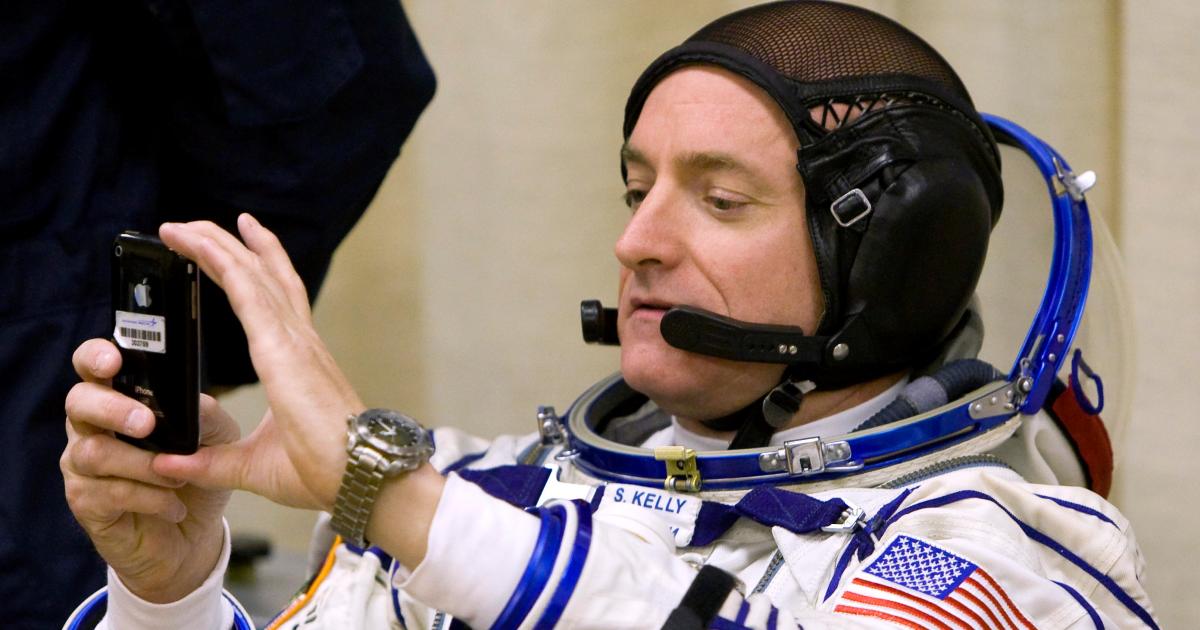The rumors are flying after satellite operator Globalstar coyly announced an agreement this week with “a large, global customer” to build out a new communications network, just months after announcing that an unidentified “potential customer” had put up more than $300 million to finance the purchase of 13 new satellites.
Analysts believe that the customer is a single entity. The scuttlebutt is that Apple is behind these deals, with the goal of using Globalstar to provide satellite connectivity to a future iPhone. Globalstar says it has been working with this customer since 2020 “in connection with the assessment of a potential service utilizing certain of our assets and capacity.”
WhyApple? In 2021, Bloomberg News cited anonymous sources to report that Apple was considering adding satellite-enabled communications to its mobile devices. And whoever the customer is, they have already paid some $430 million just in “assessment” of a potential service, so they must have deep pockets. That said, Globalstar has partnered with both Nokia and Qualcomm before, and both qualify as large, global customers.
Why Globalstar? This is a more interesting question. It’s not a very successful satellite company, losing more than $1.5 billion in the last decade, with its stock trading around $1 per share. Its main business is providing low-bandwidth telecom services, like text messages and data relays with internet of things devices. What it does have is a license to operate on a valuable chunk of spectrum.
How would Apple work with a satellite operator?
Globalstar’s exclusive electromagnetic real estate is located near frequencies reserved for terrestrial uses. While past efforts to make money off this spectrum ran into regulatory roadblocks, it remains valuable, in theory. “Everybody in the space industry gets all googly-eyed over” it, says Caleb Henry, a senior analyst at Quilty Analytics, because it promises the ability to seamlessly link affordable mobile phones to both cell towers and satellites.
While most populated areas have reliable cell coverage, satellite connectivity could be useful in rural areas or while traveling. Satellite operators salivate at the chance of tapping into the much larger terrestrial communications market, and other companies, like AST SpaceMobile and Lynx, are working on their own plans to plug mobile phones into satellite networks.
Applications could be for emergency messages and location tracking, or for regular text messages, whenever a user goes beyond the reach of terrestrial networks. Based on Globalstar’s current satellite network, it’s unlikely that it could provide the bandwidth for phone calls immediately.
If the deal with the potential customer becomes an actual partnership with a top mobile device manufacturer like Apple, it would be a major comeback—and a surprising validation of the Globalstar’s true-believing chairman, Jay Monroe, who bought the company out of bankruptcy in 2004 and financed it through years of losses.
A version of this story originally appeared in Quartz’s Space Business newsletter.
